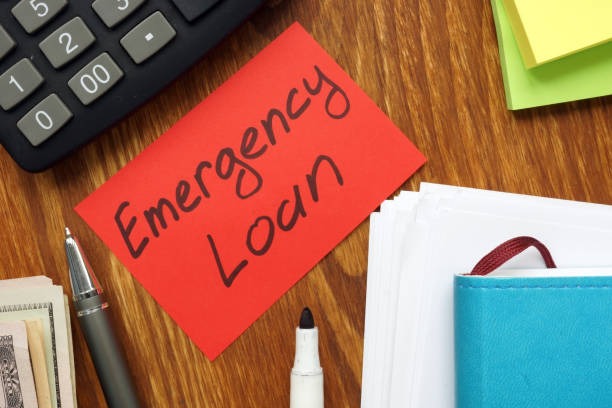Relocating can be an exciting new chapter in life, but it often comes with a hefty price tag. From hiring movers to paying for packing supplies, transportation, and even temporary accommodation, the costs can quickly add up. When a move is urgent or unexpected, these financial pressures can become overwhelming. Emergency moving loans offer a practical solution, giving you the funds you need to cover moving expenses without delay. However, not all loans are created equal, and choosing the right one can make a significant difference in your financial wellbeing. Here are the top tips to help you make a smart decision.
Contents
1. Assess Your True Financial Needs
Before applying for an emergency moving loan, it’s crucial to understand exactly how much money you need. Create a detailed budget that includes movers’ fees, truck rental, packing materials, fuel costs, and any other associated expenses. By knowing the exact amount, you can avoid borrowing too much—which can lead to higher interest payments—or too little, which may leave you short during the move.
2. Compare Interest Rates and Fees
Interest rates and fees vary widely among lenders. Even a small difference in rates can have a big impact on the total cost of your loan. Look for lenders that offer competitive rates and minimal additional fees. Avoid payday-style loans or lenders with hidden charges, as these can turn a helpful financial tool into a long-term burden.
3. Consider Repayment Terms
Understanding repayment terms is essential when choosing an emergency moving loan. Short-term loans may have higher monthly payments but lower overall interest, while longer-term loans might be easier to manage month-to-month but could cost more in interest over time. Evaluate your budget and ensure the loan you choose has repayment terms you can realistically meet without causing further financial stress.
4. Check the Lender’s Reputation
Before committing to any loan, research the lender’s reputation. Read customer reviews and check ratings with organizations like the Better Business Bureau. A trustworthy lender will provide clear information, transparent terms, and responsive customer service. Avoid lenders with a history of complaints or unclear practices, as this could complicate your loan experience during an already stressful time.
5. Look for Fast and Flexible Funding Options
Since emergency moving loans are intended to provide quick financial relief, processing speed is an important factor. Choose a lender that can approve and disburse funds rapidly, so you can cover moving expenses without delay. Additionally, flexibility in how the funds can be used is important—ensure the loan allows you to pay for movers, packing materials, transportation, and other related costs.
6. Borrow Responsibly
Even in urgent situations, it’s crucial to borrow responsibly. Only take out the amount you truly need, and make sure your repayment plan is realistic. Emergency moving loans are designed to ease financial strain, not create additional stress. Careful planning and responsible borrowing will help ensure that your move is smooth and financially manageable.
7. Seek Professional Advice if Needed
If you’re unsure about which loan is best, consider consulting a financial advisor. They can help you evaluate your budget, understand loan terms, and choose the option that aligns with your financial goals. Professional guidance can prevent costly mistakes and ensure a more secure financial future.
Choosing the right emergency moving loan can make all the difference when it comes to a smooth and stress-free relocation. By assessing your needs, comparing rates, checking repayment terms, researching lenders, and borrowing responsibly, you can secure the funds necessary to manage your move efficiently. With the right preparation, an emergency moving loan transforms what could be a chaotic and expensive process into a manageable, organised, and even exciting transition to your new home.

